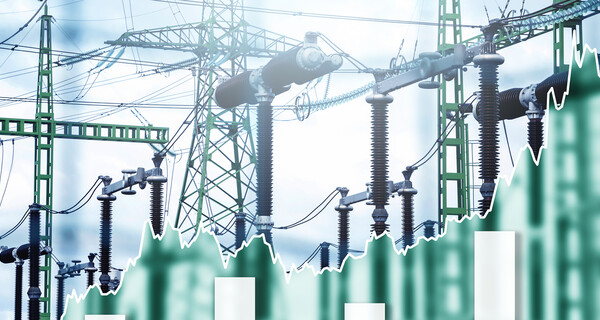There are two types of power exchanges:
- In power exchanges specialised in physical trading, electricity producers and consumers trade with the aim of the physical delivery of electricity from the producer to the consumer within a span of 24 hours. In Finland and other Nordic countries, most of the physical electricity trading happens in the Nord Pool power exchange.
- A derivatives exchange trades on future output of electricity. Derivatives markets are also called financial markets. Companies use a derivatives exchange to hedge electricity price-related risks. In a derivatives contract, the parties agree on the delivery of a certain amount of electricity at a certain price for a certain period of time. The trading focuses on the coming months and years – even as far as five years into the future. A derivatives transaction doesn’t typically involve the transfer of any physical product – just money. The most significant derivatives exchange in the Nordics is the NASDAQ Commodities exchange.
How does a derivatives exchange work?
Most consumers and companies want to know how much they will be paying for electricity in the upcoming months or years. Likewise, electricity producers want to ensure that they will be compensated enough for their production in the future. A derivatives exchange makes this possible.
An electricity derivatives exchange is a continuous auction where numerous sellers and buyers meet and the market price is efficiently formed on the basis of bids and offers. The publication of prices increases transparency and provides an understanding of the price level.
The most significant challenges of exchange trading are the financial requirements and reporting. Joining an exchange requires having enough capital (cash and/or collateral) right from the start as well as the ability to manage daily reporting and financial transactions. For this reason, direct members of the exchange tend to be major companies, banks and service companies specialised in exchange trading.
Exchanges are designed to be low-risk marketplaces and to streamline trading between buyers and sellers. In particular, exchanges aim to manage counterparty risks, i.e. to ensure that each participant is able to meet its obligations as agreed. One of the ways exchanges do this is by requiring various types of collateral and/or guarantees from the participants.
Even to start trading on an exchange, cash (collateral, margining) must be transferred to a clearing account defined by the exchange. As transactions are concluded, companies have to transfer additional collateral on a daily basis to meet the current collateral requirements.
Why does a derivatives exchange require collateral?
Collateral requirements consist of several different components (initial margin, variation margin, etc.), and a big part of them change along with changes in the market price. What’s noteworthy about this is that even if the company doesn’t enter into new derivatives transactions, an increase or decrease in market prices will increase or decrease the collateral requirements.
For example, if a seller has sold at a low price and the market prices rise, the seller must transfer more collateral to the exchange. When prices drop, the collateral is returned to the seller. Upon delivery of the products sold, the collateral related to the trade in question is returned in its entirety.
The purpose of the collateral is to compensate other parties for expenses incurred in the event that a member of the exchange is unable to meet its obligations, for example due to a bankruptcy.
High electricity prices raise collateral requirements
The sharp rise in energy commodity prices that started in late 2021 has increased the collateral requirements for exchange trading. Electricity sellers and buyers are hedging by selling and buying their future production and consumption years in advance. These transactions were already in place prior to the price increases we are now experiencing.
For these transactions, companies must transfer collateral (money) to the exchange to match the current price level. The collateral requirements have risen to very high levels and have led to the high indirect costs of exchange trading (tying up money in collateral), which has consequently caused financing, i.e. liquidity, challenges for companies.
